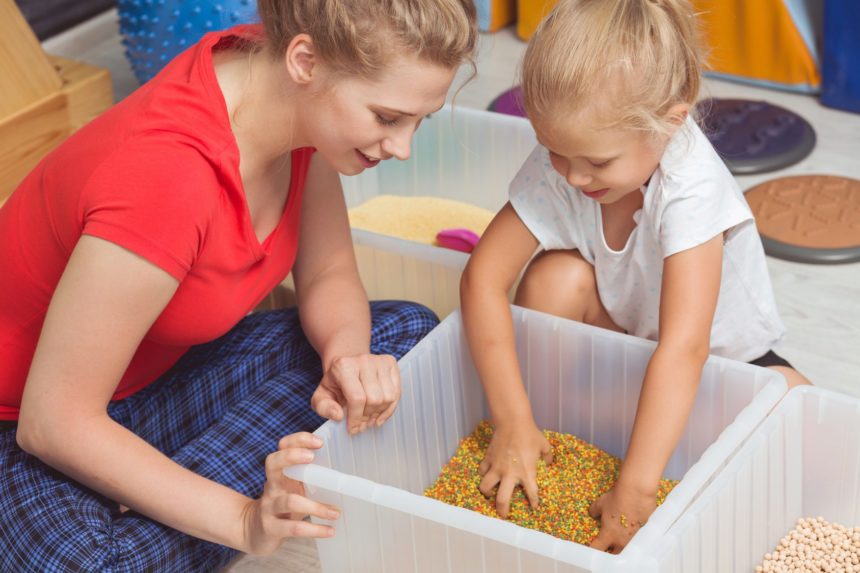Supporting Children with Special Educational Needs in Early Years

In this blog post, we’re delving into a topic of immense significance: supporting children with special educational needs (SEN) in early years settings.
Children with SEN may have challenges that require additional support to learn and develop to their fullest potential. This could include difficulties with communication, physical mobility, cognition, social interaction, or sensory processing.
Creating Inclusive Environments:
- Individualized Support Plans: Collaborate with parents, specialists, and support staff to create personalized plans that address each child’s unique needs and strengths.
- Accessible Spaces: Ensure your setting is physically accessible, with ramps, handrails, and sensory-friendly spaces that accommodate different abilities.
- Visual Supports: Use visual aids like schedules, charts, and picture cards to help children understand routines and expectations.
- Flexible Teaching Methods: Adapt your teaching strategies to suit different learning styles. Some children may benefit from hands-on activities, while others might prefer visual or auditory cues.
Effective Communication:
- Clear Communication: Use simple, clear language and provide ample time for children to process information. Non-verbal cues like gestures and facial expressions can enhance understanding.
- Visual and Augmentative Communication: For children with limited verbal communication, consider using visual supports or communication devices to aid expression.
Promoting Social Inclusion:
- Peer Buddies: Encourage peer interaction by assigning buddies who can offer support and friendship to children with SEN.
- Group Activities: Design activities that foster cooperation and teamwork, allowing all children to participate at their own pace.
Sensory Sensitivities:
- Sensory Spaces: Create quiet, sensory-friendly spaces where children can retreat if they become overwhelmed by sensory stimuli.
- Sensory Play: Integrate sensory play materials like textured fabrics, squishy toys, and scented items into your activities to engage different senses.
Family Partnerships:
- Open Communication: Establish strong lines of communication with parents and guardians. Regularly share updates on progress and collaborate on strategies that can be used both at home and in the setting.
- Parent Training: Offer workshops and resources to parents that provide insights into how they can support their child’s development outside of the setting.
By fostering an inclusive environment that embraces and supports children with special educational needs, you’re not only enriching their lives but also shaping a compassionate and empathetic generation. Every child has unique strengths and capabilities, and your dedication to their growth is a testament to the power of education.



Comments are closed.